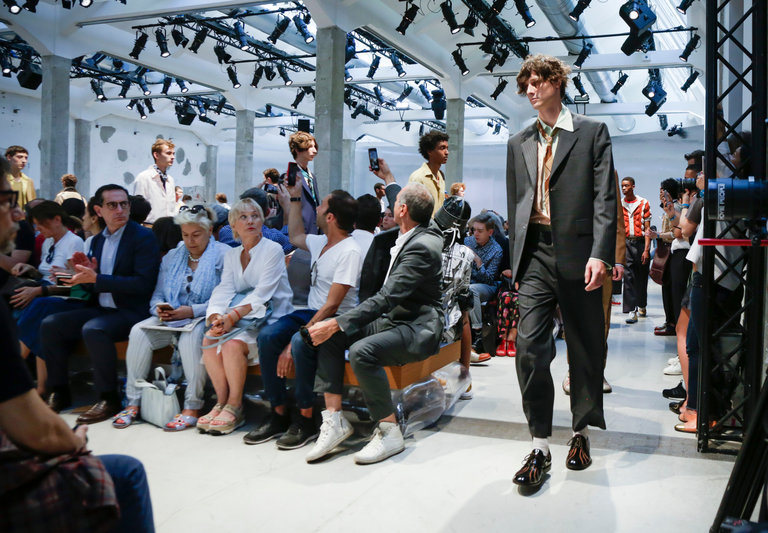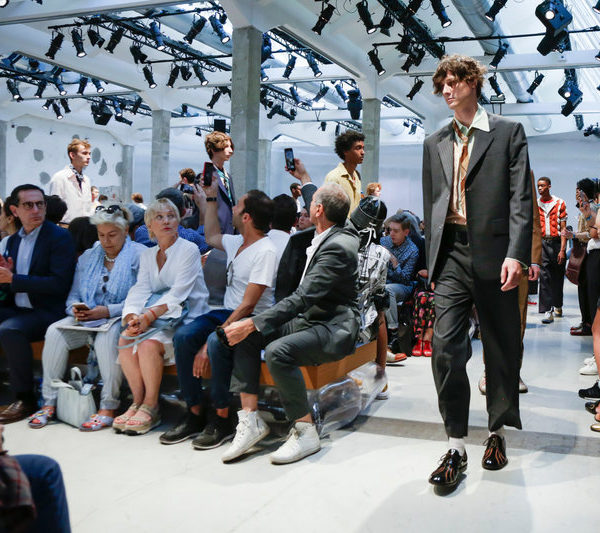
Ever get confused reading a fashion article? I do too, and I write about the stuff for a living. To help you get through this month’s barrage of fashion show reviews, the New York Times has a helpful guide on how to speak the industry’s jargon. Some terms you can expect to see:
Authentic: The go-to adjective for any garment designed to resemble the clothing of the working class, starving artists, various rural types or indigenous peoples. A publicist or stylist may go with “authentic” to describe a $3,000 denim jacket with a Navajo pattern or a $600 pair of preripped bluejeans with no sense that the word has been twisted to mean something like its opposite.
Directional: An all-purpose word with a flexible meaning, to say the least. While it may function more as a placeholder than anything else, it confers upon the person who utters it a certain authority. Example: “What did you think of the Marni show?” “Overall, I found it to be very directional.”
Shirting: Why say “shirts” when you can say “shirting”? In defense of this term, it may be said that it serves as a catchall for the full array of shirt styles offered by a particular label. Its real purpose, though, is to signify that the speaker is part of the fashion crowd.
Another useful term to know is “hand,” which a fashion writer will use much in the same way a wine reviewer uses “mouthfeel.” As Pete notes, if you’re going to use this in conversations, however, it’s best to not mix-up terms (e.g. “Their distressed, oversized sweatshirt presented an intriguing mouthfeel”). Doing so will expose you for the fraud that you are.








